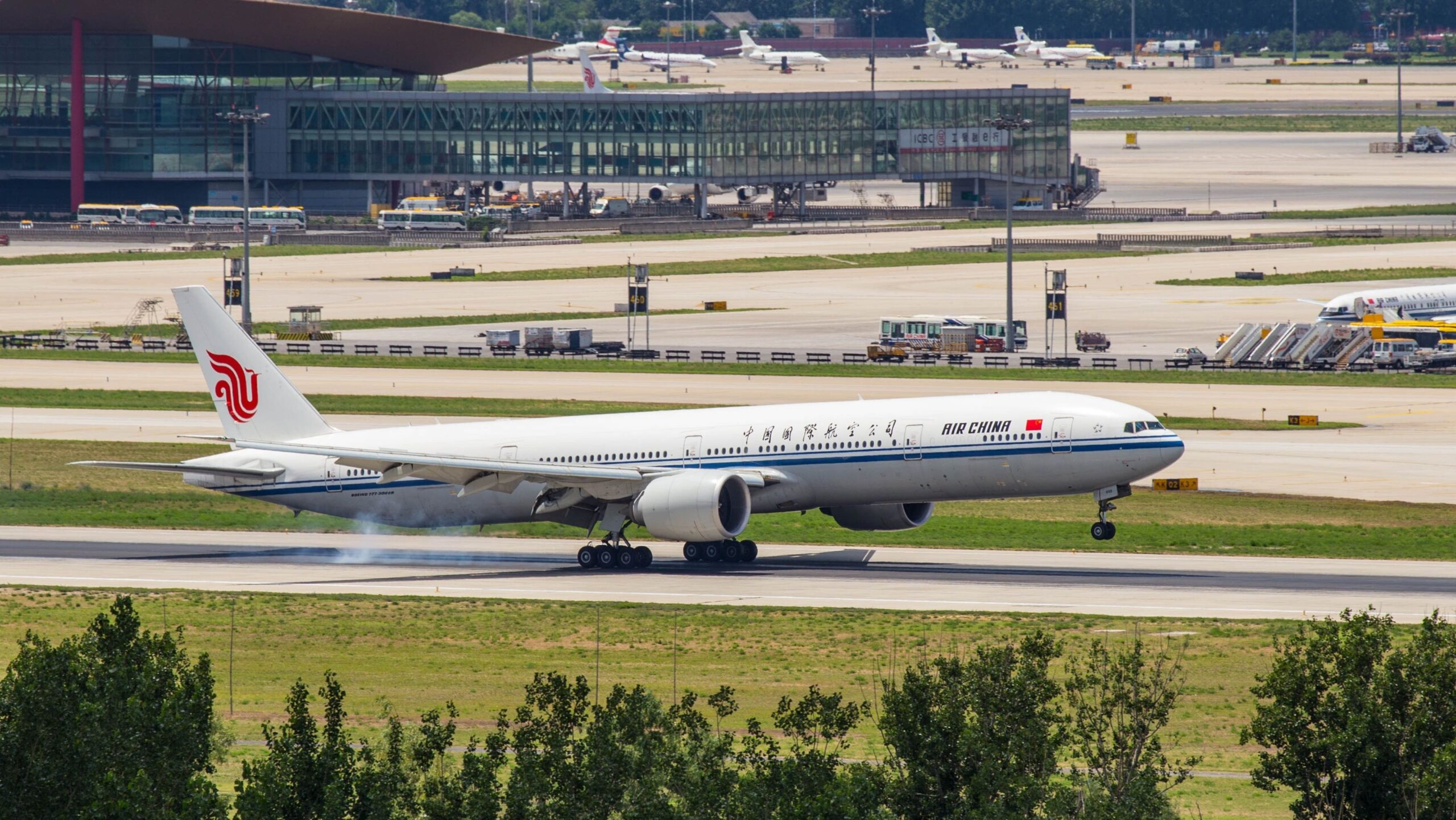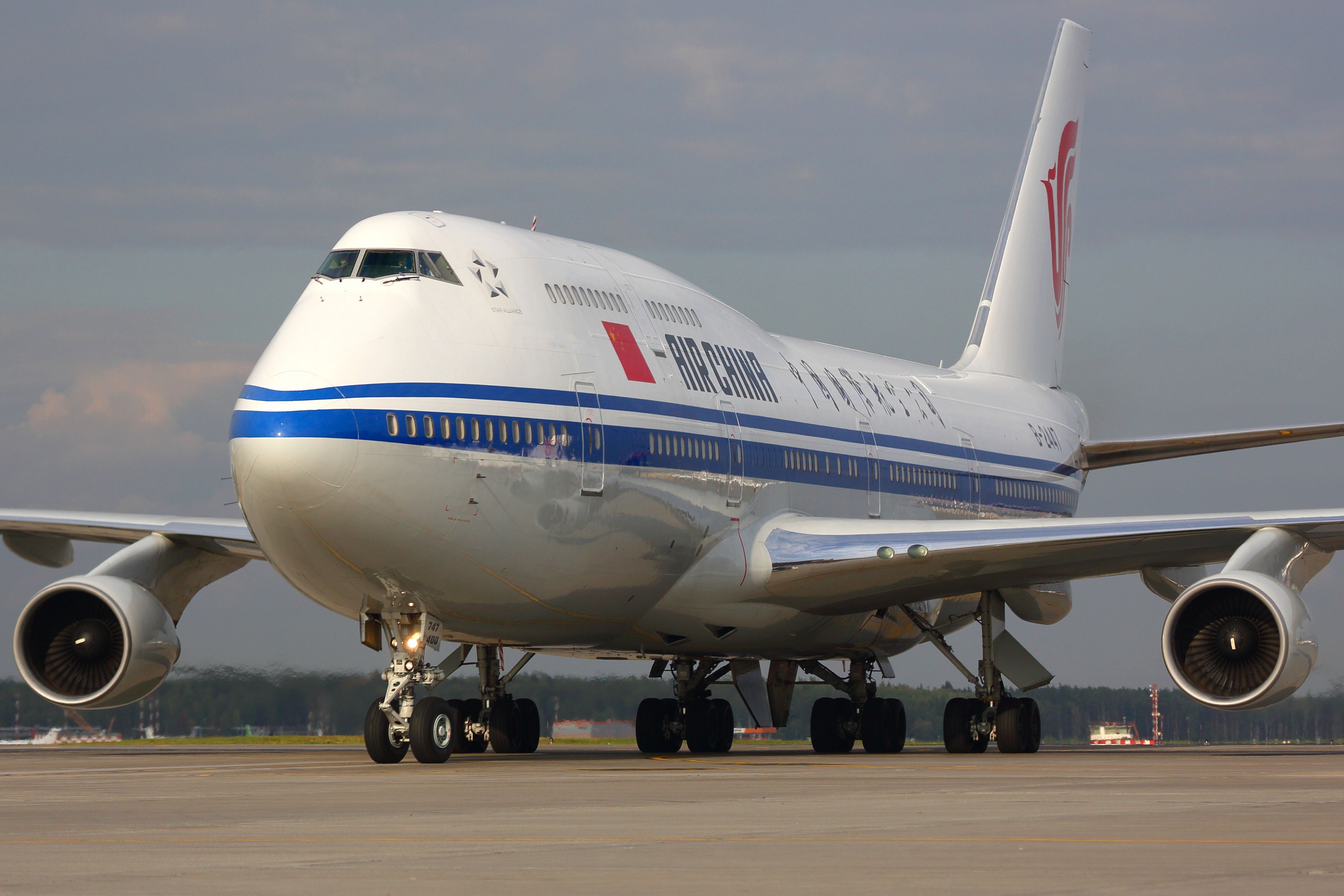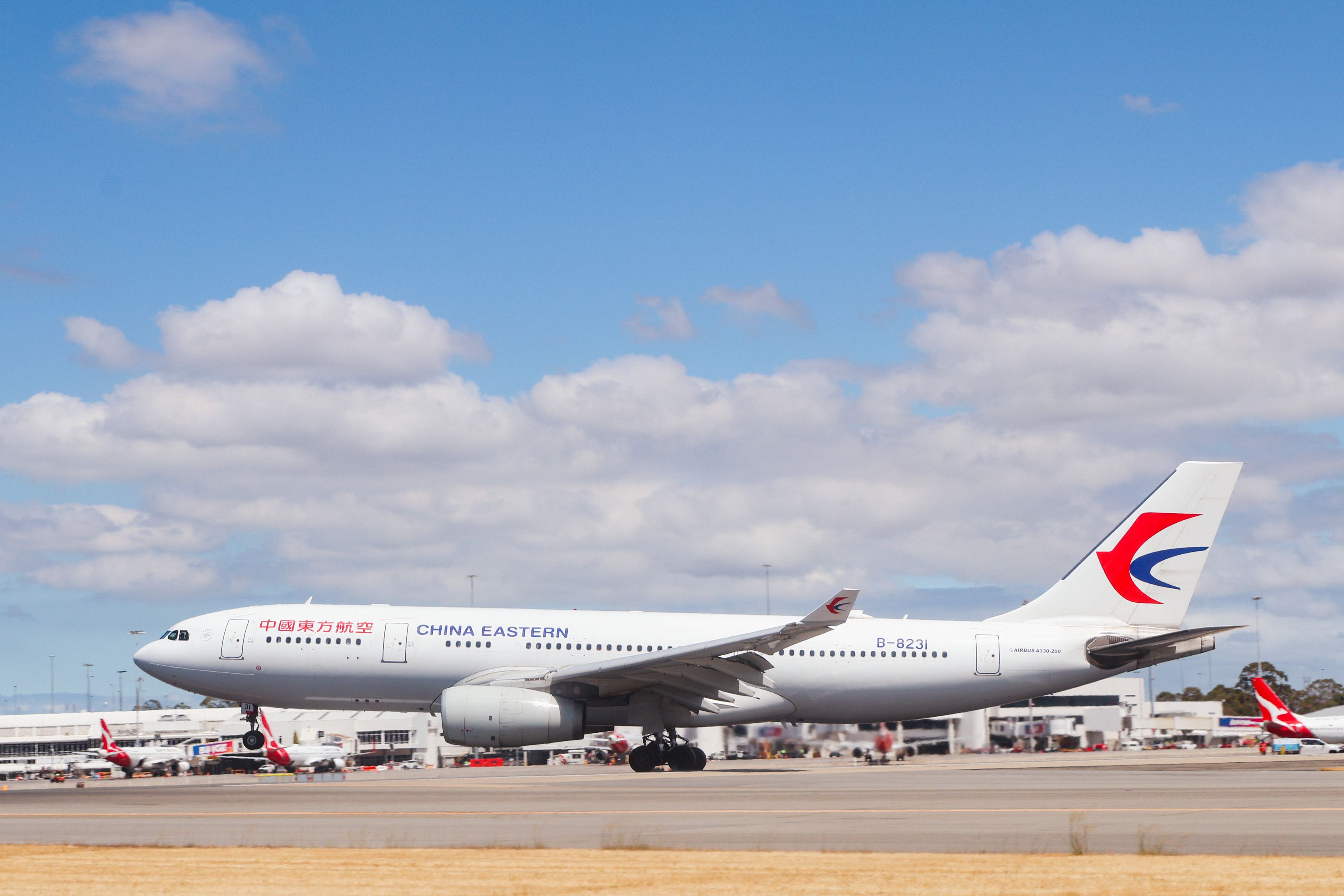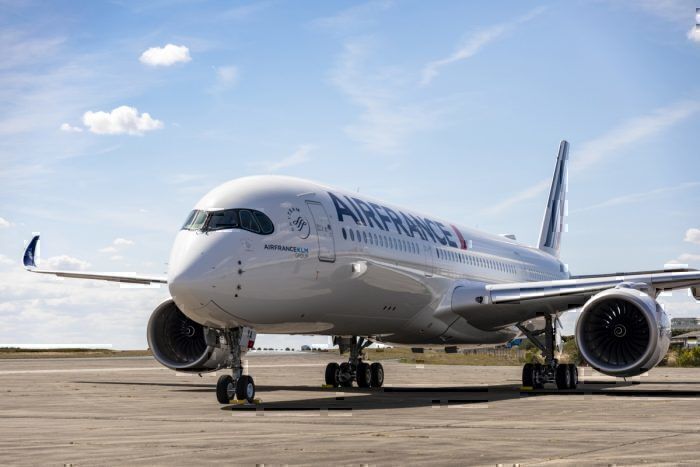Summary
- China’s 144-hour visa-free policy led to a 403% increase in foreign tourists to China this year.
- Chinese airlines benefitted from the policy, expanding international routes and passenger volumes.
- Foreign airlines faced challenges due to increased competition and operational difficulties.
China’s introduction of a 144-hour visa-free policy for citizens of over 50 countries has had immense impact on the country’s international air routes in 2024. This policy, designed to facilitate short-term visits, has not only attracted a significant increase in foreign tourists but also influenced the operations and strategies of airlines both within and outside of China.
|
Countries eligible for China’s 72/144-hour visa-free transit policy (by continent) |
|
|---|---|
|
Europe (40 countries) |
Austria, Belgium, Czech Republic, Denmark, Estonia, Finland, France, Germany, Greece, Hungary, Iceland, Italy, Latvia, Lithuania, Luxembourg, Malta, Netherlands, Poland, Portugal, Slovakia, Slovenia, Spain, Sweden, Switzerland, Monaco, Russia, United Kingdom, Ireland, Cyprus, Bulgaria, Romania, Ukraine, Serbia, Croatia, Bosnia and Herzegovina, Montenegro, North Macedonia, Albania, Belarus, Norway |
|
Americas (6 countries) |
United States, Canada, Brazil, Mexico, Argentina, Chile |
|
Oceania (2 countries) |
Australia, New Zealand |
|
Asia and the Middle East (6 countries) |
South Korea, Japan, Singapore, Brunei, United Arab Emirates, Qatar |
This article explores how this visa-free policy has reshaped China’s international aviation landscape, affecting everything from route expansion to competition with foreign carriers.
Growth in international traffic
The 144-hour visa-free policy has led to a remarkable surge in international traffic to China. According to the press conference held by the State Council Information Office on August 27, the number of foreign travelers to China for tourism reached 5.722 million in the first seven months of 2024, representing a 403% year-on-year increase.
Photo: Fasttailwind | Shutterstock
This surge in tourists is largely attributed to the visa-free policy, which has made short-term visits to China more appealing and accessible. The policy allows travelers from eligible countries to enter China for up to 144 hours (6 days) without obtaining a visa, provided they have a confirmed onward ticket to a third country or region.
Impact on Chinese airlines
Chinese airlines have been among the biggest beneficiaries of the 144-hour visa-free policy. With the influx of foreign visitors, these carriers have seen a substantial increase in passenger volumes on their international flights. This has not only improved their revenue streams but has also encouraged them to further expand their international networks.
Air China introduced new routes such as Chengdu Tianfu to Milan, Beijing Capital to Riyadh and Havana (via Madrid), Shanghai Pudong to London Gatwick, Beijing Capital to Dhaka, and resumed flights from Shanghai Pudong to Barcelona, Beijing to São Paulo (via Madrid), Beijing Capital to Auckland, and Shanghai Pudong to Munich.
China Eastern Airlines opened new routes from Shanghai Pudong to Venice, Marseille, Riyadh, and Kazan, as well as from Xi’an to Milan, Hanoi, Nanjing to Melbourne, Yantai to Bangkok, and resumed flights from Ningbo to Osaka.
Photo: Perth Airport
China Southern Airlines expanded its international network from its northwest hub in Urumqi, launching new routes to Yerevan, Istanbul, and resumed the Guangzhou to Astana route (via Urumqi). At its main base in Guangzhou, the airline introduced new routes from Guangzhou to Islamabad, Belgrade, Port Moresby, Budapest, London Gatwick, and resumed flights from Guangzhou to Christchurch and Guangzhou to Perth. It also launched the world’s seventh-longest international route from Shenzhen to Mexico City.
Notably, Shanghai-based Juneyao Air leveraged its Boeing 787-9 fleet to launch numerous routes to Europe and Australia, including new flights from Shanghai to Athens, Manchester, and Brussels, with upcoming routes to Melbourne and Sydney.
This policy has been particularly beneficial for Chinese carriers, enabling them to explore new markets and attract a diverse range of travelers, from tourists to business visitors. The increased connectivity has also stimulated economic growth in various Chinese cities, as more international visitors contribute to local economies through tourism and business activities.
Challenges for foreign airlines
While Chinese airlines have thrived under the new visa-free policy, foreign carriers have faced a more challenging environment. The policy has intensified competition on many international routes, particularly those between China and Europe.
Photo: Air France
European airlines have struggled to maintain their market share as Chinese carriers have aggressively expanded their route networks and offered competitive fares. One significant challenge for foreign airlines has been the ongoing airspace restrictions over Russia, which have forced them to take longer, more costly routes when flying to China.
This has put them at a disadvantage compared to Chinese airlines, which have been able to operate more direct and cost-effective flights. As a result, some foreign airlines have scaled back their services to China or even suspended certain routes altogether.
British Airways, for example, announced in August that it would “pause” its London-Beijing route, which began flying in 1980, from October 26. Earlier this year, Virgin Atlantic suspended its London-Shanghai service after 25 years, while Qantas suspended its Sydney-Shanghai service from July to shift resources to more profitable destinations. The decisions highlight the challenges foreign airlines face in maintaining routes to China amid increased competition and operational difficulties.




